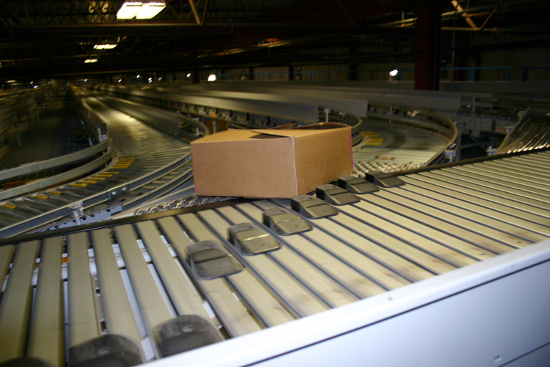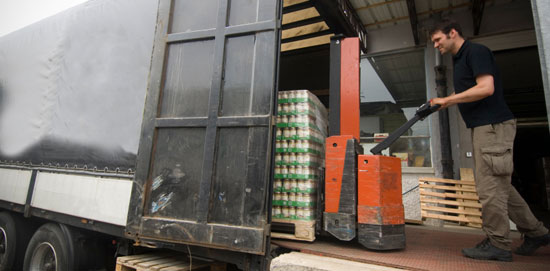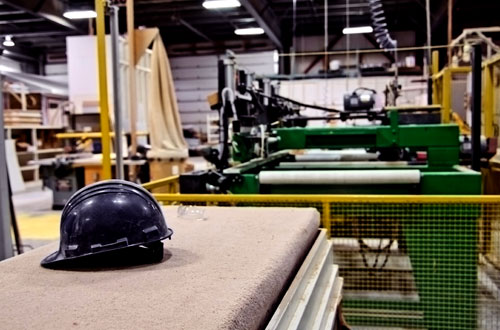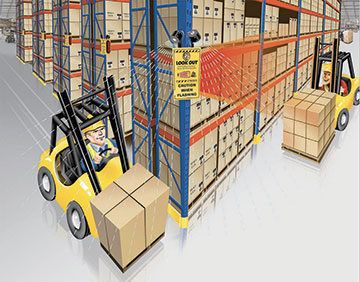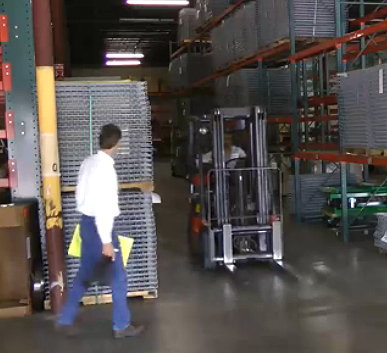
Safety is a major issue in most industrial environments – especially those where industrial traffic like forklifts, AGV’s and other vehicles mingle with workers on foot. There are just too many ways people can get hurt; too many chances for things to suddenly go wrong. That’s why including some automated safety sensor systems in a facility can make a life and death difference on a day-to-day basis.





